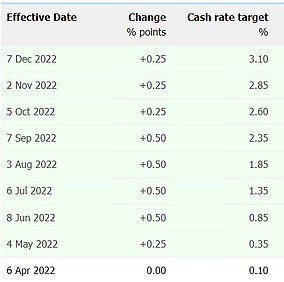Impact of interest rate rises on Australia’s property markets: Bloodbath for sellers
>
Australia’s property market has become a bloodbath with monstrous losses now being felt on a weekly basis by homeowners across the country.
The nation has just seen its biggest drop in property prices, down 8.4% between May 2022 and January 2023, but the headline data masks untold losses so great they are destroying investments that were once solid.
Tracking local property sales reveals that Australians are routinely selling at huge losses, some as much as $500,000, as they face rising mortgage costs that they simply cannot afford.
Buyers are also on edge, with many facing the threat of being thrown into a mortgage stress cycle by the possibility of further interest rate hikes in the coming months.
It’s official: Australia’s property market has become a bloodbath with monstrous losses now being felt by sellers across the country on a weekly basis.
In some cases, sellers’ losses run into the hundreds of thousands because the boom years of the alleged 10 and even 20 percent growth that Australians came to accept in a zero interest rate environment are over.
While this does not mean that homeowners who bought property many years ago will face a loss if they have to sell it, those who bought property in recent years as investments may be out of money.
Boom times have inflated prices beyond a realistic value for many homes, and now a new generation of buyers refuse to budge on their offers due to rising cost of living combined with stagnant wage growth.
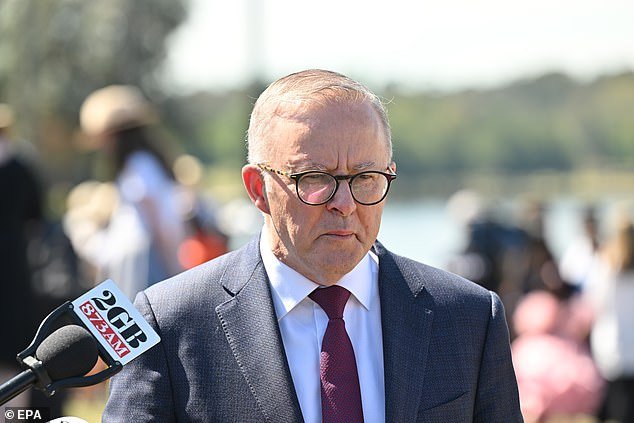
The Prime Minister said last week that he expected interest rates to fall from April, but experts now say that is unlikely.
But that means homeowners, many of whom have been caught up in the hype that their property would make a pristine investment, have to settle for less than they paid for.
Houses selling at a loss in most Australian property markets on a weekly basis is unprecedented in a generation.
Driving it all is the relationship between now-historically high inflation and interest rates, which the Reserve Bank has raised for eight straight months.
A household with a $750,000 mortgage had to pay an extra $1,130 after banks approved RBA rate hikes.
The RBA isn’t done yet either, with high inflation meaning there are likely to be at least two more rate hikes in February and then March.
The latest figures from the Consumer Price Index showed that inflation reached 7.8 percent in 2022, its highest rate in 33 years.
But 2023 may even be shaping up to be a repeat of 2022, said Isaac Gross, an economics professor at Monash University.
“Prices are rising at a fast rate in every part of the Australian economy,” he said. The conversation.
“This practically guarantees that the RBA board will raise interest rates by 0.25 percentage points at its next meeting, on February 7, and likely several more times in 2023.”
This conflicts with Anthony Albanese’s assurances on breakfast TV less than a week ago that interest rates “have peaked and will start to come down” in April.
Here’s a selection of the real losses sellers are experiencing since interest rates started rising.
Addresses have been removed to help protect the identities of owners and sellers.
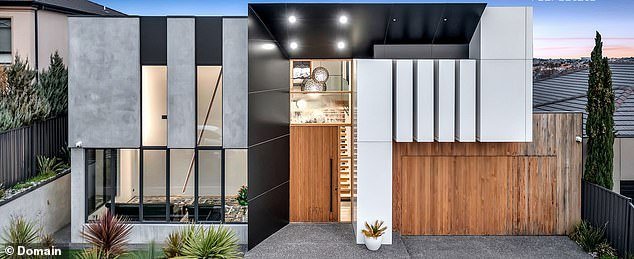
The new owner of this Greenvale home sold for $1.95 million – a loss of $230,000 in just 11 months
Greenvale, Victoria
The brutal loss suffered on the sale of this contemporary home is evidence that collapsing prices in real estate markets aren’t just happening in cheaper homes or old-fashioned suburbs.
The four-bedroom, five-bathroom designer home spent 15 days on the market in December 2021 before changing hands for $2.18 million.
But its new owner sold for $1.95 million – a loss of $230,000 in just 11 months.
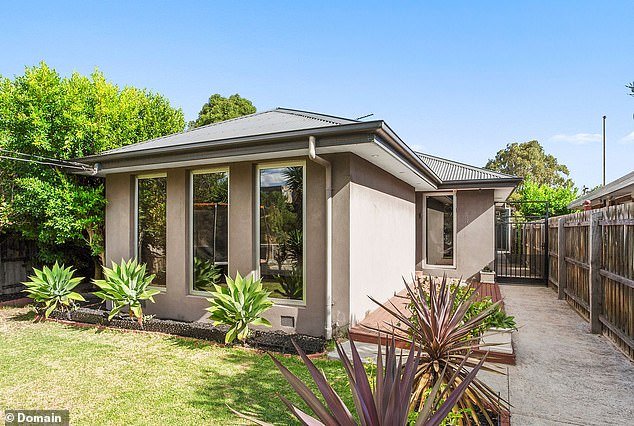
In 2017, this Essendon home sold in a private sale for $1.398 million, meaning it lost around $100,000 over the next five years.
Essendon, Victoria
This renovated four-bedroom house in north Melbourne is believed to have sold for $1.3 million on December 10 in a typical result of how horror prices have impacted the property as a medium-term investment.
According to realestate.com.au, that’s $500,000 less than the median price for a home in Essendon, but even more painful for sellers as it’s far less than what they bought it for.
In 2017 it sold in a private sale for $1.398 million, meaning it lost around $100,000 over the course of five years.
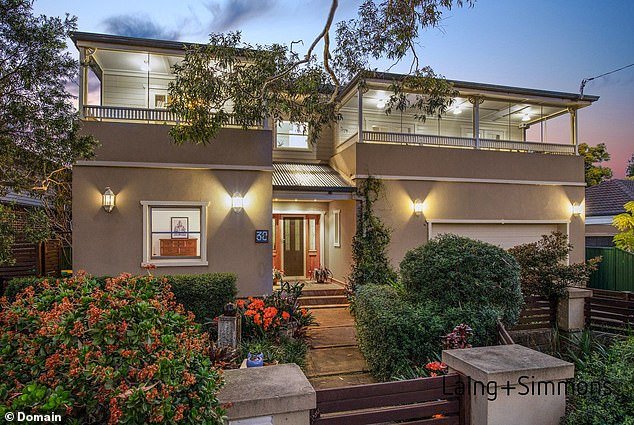
This architecturally designed, green home sold for $1.35 million on January 16, roughly in the mid-to-low range of market predictions.
Wentworthville, New South Wales
This architecturally designed, green home sold for $1.35 million on January 16, roughly in the mid-to-low range of market predictions.
That being said, the home, which has solar panels, a gray water system, off-peak hot water, and additional insulation, came in $200,000 below its expected price in November 2022.
That means it’s not the worst result among our pick, but it’s a great example of how a flat market won’t reward capitalizing on upgrades like a full green build.
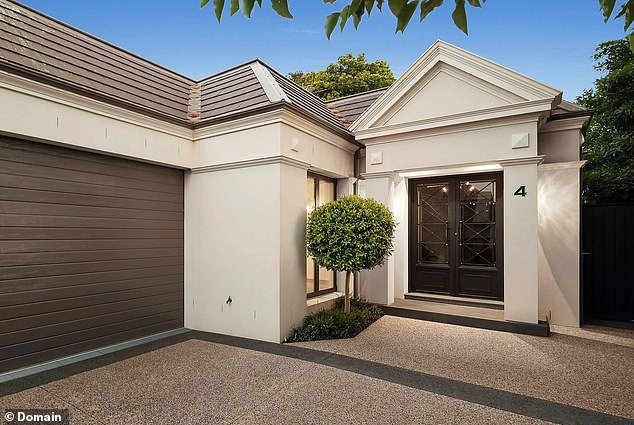
Sold in 2017 for what looks like a hefty $3.02 million, this classic French country-style house in East Melbourne should, in theory, have continued to rise in value
Camberwell, Victoria
Sold in 2017 for what appears to be a hefty $3.02 million, this classic French country-style home in East Melbourne should, in theory, only have continued to rise in value.
But the architect-designed home is understood to have fetched just $2.8 million in a private sale five years later, in November 2022.
That’s a loss of $220,000 over five years for what appears to be an immaculate property near the heart of Melbourne.
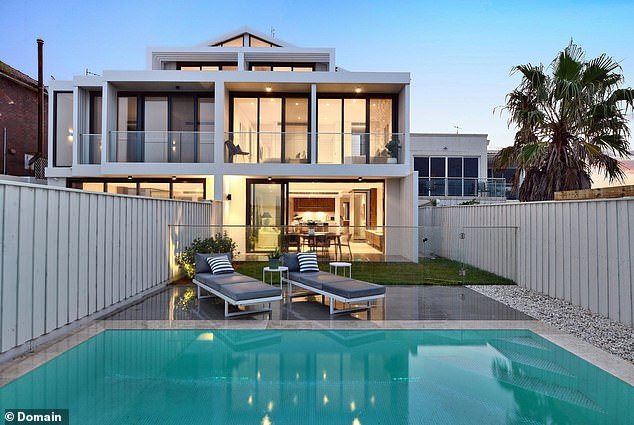
This stunning renovated terrace, which has magnificent ocean views and its own swimming pool, failed to come to terms with the agreed auction price of $5 million.
Maroubra, New South Wales
This stunning renovated terrace, which has magnificent ocean views and its own pool, failed to meet the agreed auction price of $5 million.
We don’t know why the sale was completed for $4.7 million, much less than early indications it could bring in $5.09 million.
But it’s consistent with the trend of local beachside luxury markets, once feeling invincible, now unable to isolate themselves from the broader state of the Australian property market.

